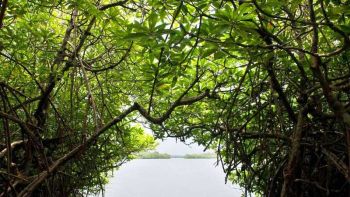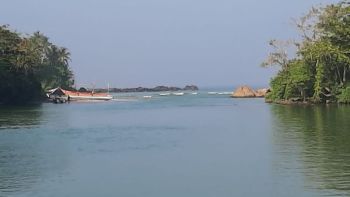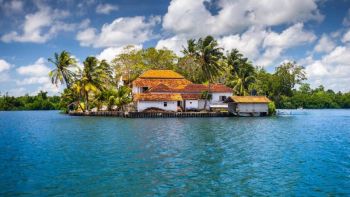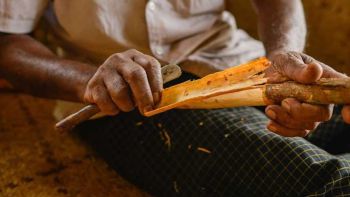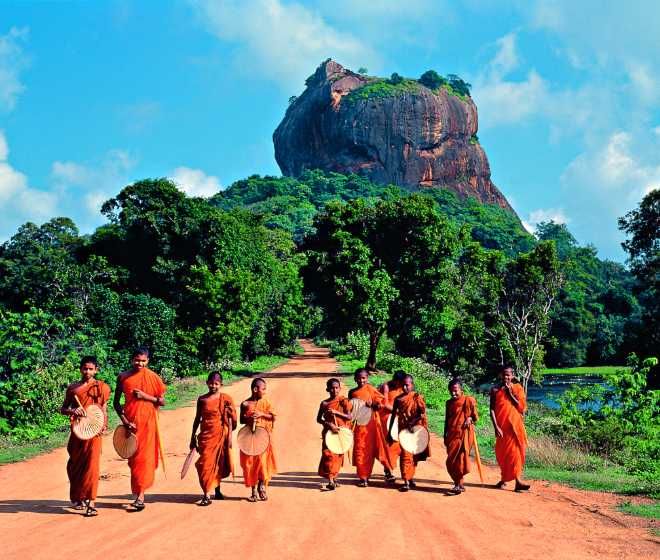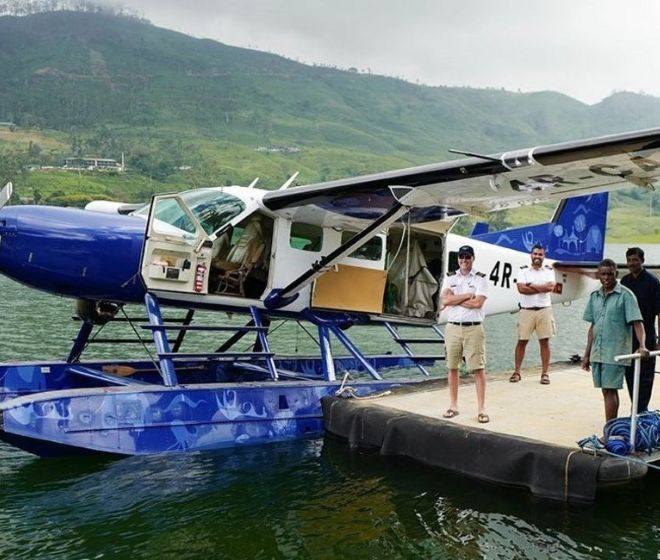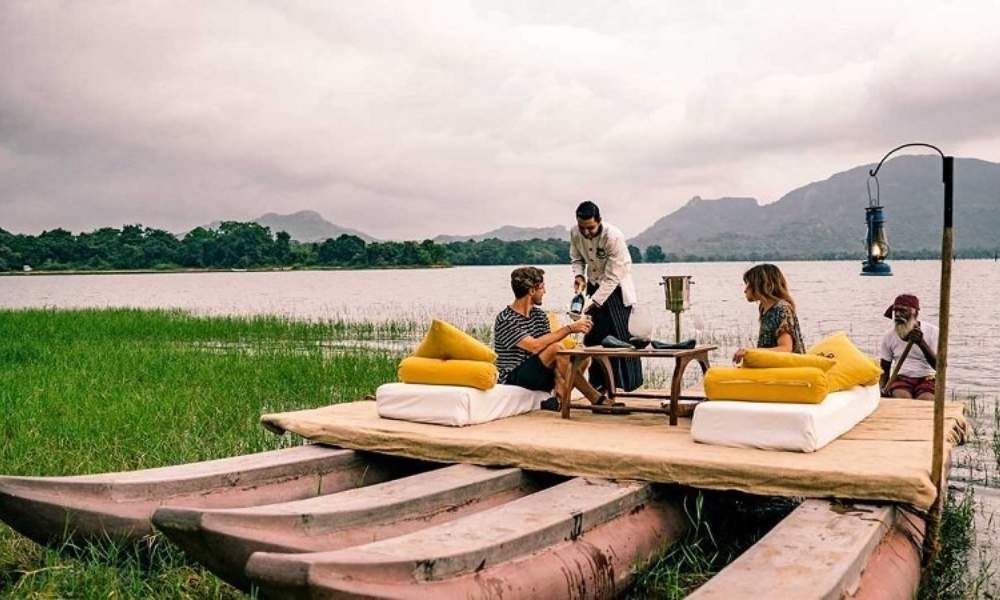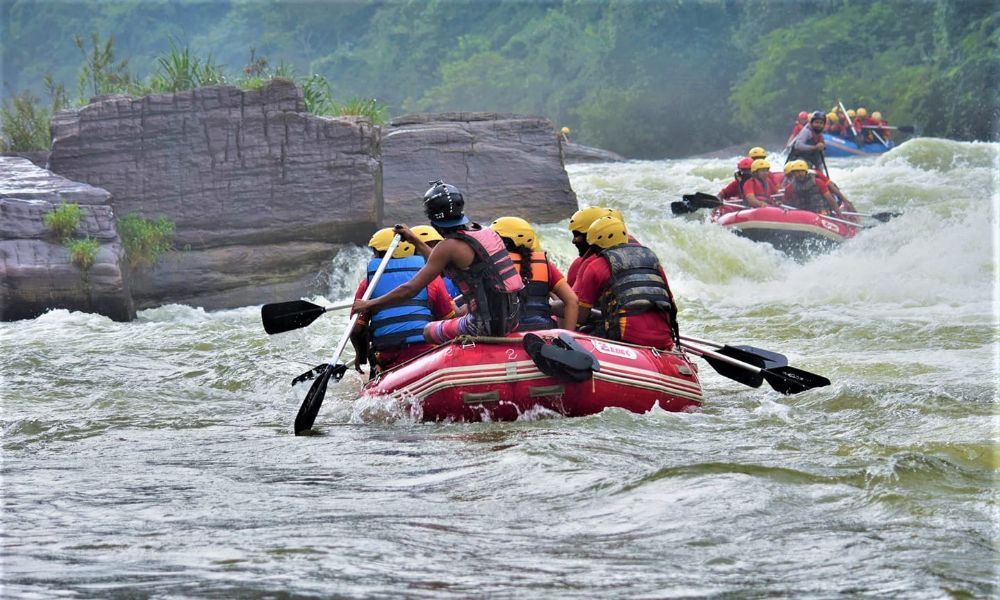Madu River Boat Safari Sri Lanka
What is Madu River or Madu Ganga?
Madu River or Madu Ganga is a picturesque and enthralling river nestled in the small coastal town called Balapitiya of Galle District, Southern province Sri Lanka and within easy access to famous tourist destinations of Bentota and Galle.
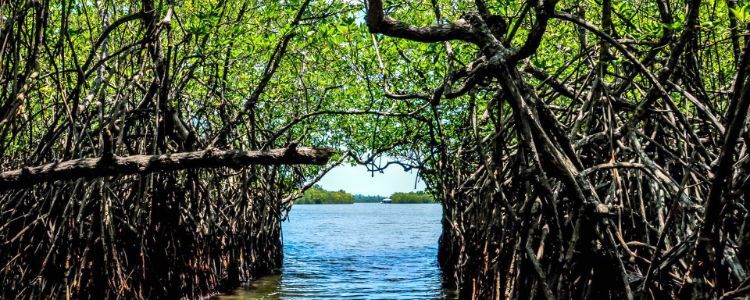
Madu River is a complex coastal wetland ecosystem. Even though referred to as a river, it resembles more a lagoon or estuary in structure. Madu River water body and islands cover an area of 915 hectare, which 770 Ha consist of open water while 145 Ha account for 64 small islands. Madu River complex is a very rich bio diversified hot spot and sensitive eco system with ecological significances which higher than any other coastal eco systems island wide. Madu Ganga or Madu River wetland is a combination of Madu river and Randombe Lake, connected by two water channels.
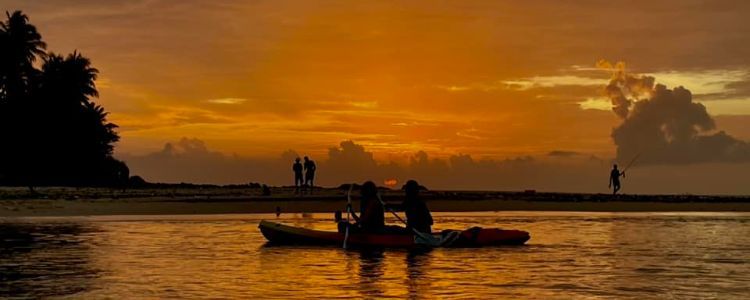
Biodiversity of the Madu Ganga / River is highly significant when considering the wide range of aquatic life and other animals. A total of 11 species of agnatic mollusks and 14 land dwelling mollusks are found in this system. 70 species of fish, 31 types of reptiles, and 50 kinds of butterflies are just some of the colorful array of wildlife that inhabits this bustling ecosystem.
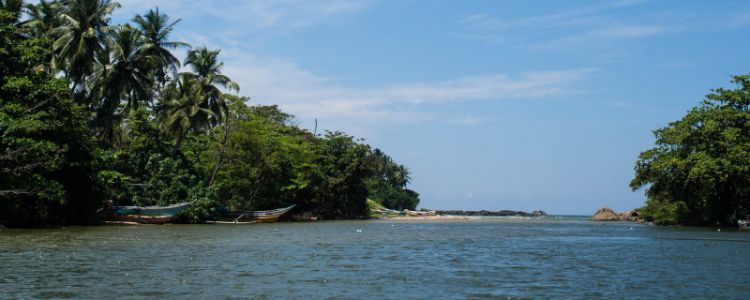
Madu River Boat Safari / Madu Ganga Boat Trip
Madu River is a well-known tourist attraction in Sri Lanka and you can explore this massive wetland eco system on a boat trip called “Madu River Boat Safari”. It will be a very informative with educational elements plus a joyful boat trip through melodious, bird-colonised mangrove forests / Cinnamon island / Koth Duwa Buddhist Temple etc. Also this is technical tour for your children since they can learn & witness about Mangroves species in a tropical country / aquatic bird species endemic & native / about estuary / lagoon based fishing industry and many other nature related aspects and many more.
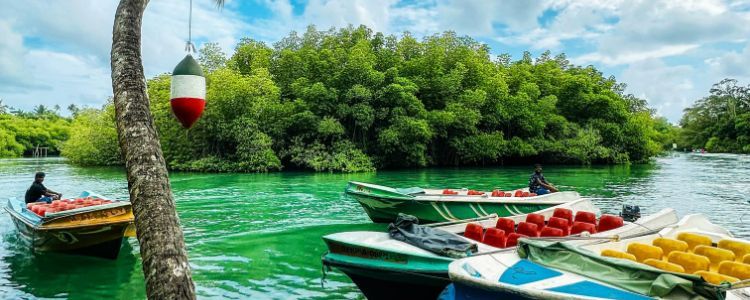
Highlights of Madu river boat safari
- Refreshing boat safari through the Madu river (Madu Ganga) estuary, with its tranquil waters and picturesque landscapes.
- This is not just another boat trip but you can witness highly diversified species of flora & fauna of a tropical island.
- Witness the complex mangrove forests that line the river banks, providing a habitat for a variety of aquatic species.
- Visit to enchanting Cinnamon Island, where you can experience traditional process of cinnamon cultivation.
- Observing local fishermen engaged in their daily activities, showcasing the close connection between the community and the river.
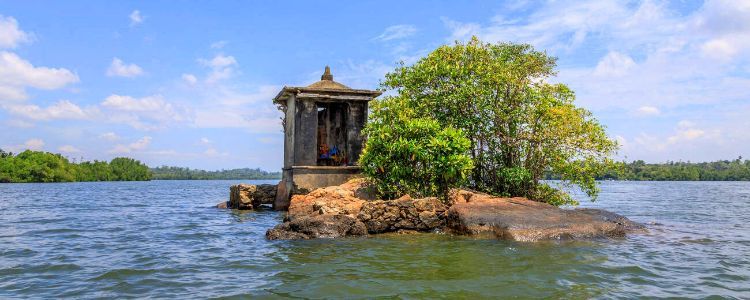
Madu rive boat safari details
- Activity – Madu River Boat Safari
- Duration – 1.5 - 2 Hrs Hrs approximately
- Location – Balapitiya Sri Lanka. South West coast
- Nearest cities – Galle 35 KM or Bentota 24 KM
- Recommended for – All
- Activity type – Light
- Madu River Boat Safari Price – Approximately 25 $ - 30 $ Per person. This might vary with the different boat service providers. If you are group of more than 6 people, you may ask for a group discount.
- When to go – Year around but better November to April each year
- Madu River Boat Safari contact number - There are few registered & approved boat operators available in Balapitiya. Please ask your travel agent to recommend Madu river boat service well in advance. If you need to book with us, please call or WhatsApp +94717884499 (Voice / WhatsApp) or email holidays@expeditions.lk
FAQs
- How do I get to the Madu River? easily accessible by car, bus, or train from major cities like Colombo and Galle. Public transport also widely available. You need to get down at Balapitiya town.
- Can I pay using credit or debit card for Madu River boat safari? Credit card payment facility is available with most of the approved boat service providers. Better check this before you confirm.
- Can I pay USD / GBP / INR or any other foreign currency? Yes this is possible.

- What is recommended dress for Madu River boat safari? Comfortable cotton clothes recommended but make sure to bring your sunblock cream / hat / water bottle etc.
- Why should I go for Madu river boat safari during my holiday in Sri Lanka? - Madu River is not just a “Boat Ride” for tourists but this is very informative / educational safari which you can learn / witness and experience the diversified wetland eco system in a tropical country. This is protected area by RAMSAR. Also this is good educational boat safari for your kids. If you are on your wildlife or bird watching trip in Sri Lanka, Madu River Boat safari is a MUST.
- What is the best time to experience Madu River (Madu Ganga) boat safari – This is year around activity but November to April is the best season for west / south coast. Also please make sure to avoid Madu River boat trip during rainy days.
- Is Madu River boat trip recommend for bird watching tour? Of course Madu river is a must for bird watchers but make sure to start early morning or 5.00 PM
- How can I find a reliable Madu River boat safari company? There are many boat service providers in Balapitita / Bentota area. If your trip coordinated by a travel agency in Sri Lanka, they will make sure to provide a Sri Lanka Tourist board approved / recommended boat service provider in Madu River. If you are a direct traveller, to Madu River, use TripAdvisor / Google reviews and find a good boat operator in Madu River or else contact us +94 717 88 44 99 (WhatsApp / Voice)
- Is Madu River Boat safari safe? Yes all boats are operated with necessary safety gears and there is no safety risk of Madu River boat trip.
- Is Madu River boat safari equipped with safety gears / life jackets? Yes all Madu River boat service are equipped with life vests and other safety methods.
- Keep in mind – When you are on a Madu River Boat safari, be respectful of the environment by avoiding littering and maintaining a quiet manner to avoid disturbing wildlife. Choose a responsible and eco-friendly travel agency that prioritizes sustainable practices.
- What else can I do besides the boat safari? You can explore the historic Buddhist temple on Koth Duwa island, experience a natural fish spa treatment, Cinnamon island experience. Observe cinnamon peelers harvesting the bark from cinnamon trees, and more.
- What is the Madu River boat Safari Price? Approximately 25 $ - 30 $ Per person depend on the boat service provider you select. Further this price is depend on the length of safari. For typical 1.5 or 2 Hrs safari, price would be 30 $ - 35 $. But if you are group of more than 6 people, you may ask for a group discount.
- How long does the Madu River boat ride last? Approximately 1.5 Hrs - 2 Hrs
- Is Madu River Safari suitable for children? Yes this is recommended boat safari for school children due to it’s eco logical value. But make sure all safety gears are on when you travel with infants.
- Is Madu River Boat Safari wheel chair accessible? These boats are not wheelchair accessible, but do not worry we will assist you get on board. Please note this depend on your mobility level.
- Can I hire a private boat for Madu River boat safari? Yes this possible but charges are higher than a shared boat. Contact your travel agency in Sri Lanka or contact us +94 717 88 44 99 (WhatsApp / Voice)
Tips for Madu River Boat Safari
- Make sure your boat is mechanically sound and your engine, fuel, electrical, and steering systems are up to the task. You need to book Government & Sri Lanka Tourist Board registered / approved Madu River Boat Safari Service provider
- Check the weather forecast beforehand to avoid boat trip under heavy rain.
- Make sure Madu river boat is fully equipped with life jackets and other safety measures. Also jackets should be in “Serviceable” condition which can fasten properly.
Flora & Fauna of Madu River
Madu River reported very rich no of species of fauna considering the size of the water body. A total of 248 species of vertebrate fauna, belonging to 121 families were recorded from Madu River. These included 20 species (8 %) of endemics, while 30 species (12 %) are nationally threatened (Reference - IUCN Sri Lanka 2000). Among the endemic vertebrate species at Mad River, 70% are nationally threatened. The native vertebrate fauna of Mad River represents 30% of Sri Lanka’s native inland vertebrate species. This is a significant proportion, when considering the size of this wetland.
Mangrove species of Madu River
Primary important ecological factor of Madu River is a solid network of mangroves. The forest covers over 61 hectares, that is over 150 acres. 14 of the 24 species of mangroves are found in this area. Mangroves play a huge part in preventing erosion. The large growths of mangrove trees have caused a chain of ecological gain. The soil protected by the mangrove trees is very fertile. This has caused a rich growth of other wetland plants.
Madu River RAMSAR Wetland
A Ramsar site is a wetland site designated to be of international importance under the Ramsar Convention, also known as "The Convention on Wetlands", an international environmental treaty signed on 2 February 1971 in Ramsar, Iran.
Considering Madu River ecological significance and complex bio diversified costal eco system, Madu River was designated as RAMSAR Wetland in 2003.
- Name – Madu Ganga (Madu River)
- Country - Sri Lanka
- Site number - 1372
- Area - 915 Ha
- Designation date – 11 December 2003
- Coordinates - 06°18'N 80°03'E
Conservation Efforts to Protect a Madu River Paradise
The Madu River faces challenges like pollution and habitat loss. Thankfully, conservation efforts are underway to ensure its continued health. Responsible tour operators prioritize eco-friendly practices, minimizing the impact on the delicate ecosystem. As a visitor, choosing such operators ensures your trip contributes to the river’s well-being.
The Madu River’s mangrove forests played a crucial role in mitigating the devastating effects of the 2004 tsunami. Their dense network acted as a natural barrier, absorbing the force of the waves and protecting coastal communities. This event highlights the vital role these ecosystems play in environmental protection, making conservation efforts even more crucial.


